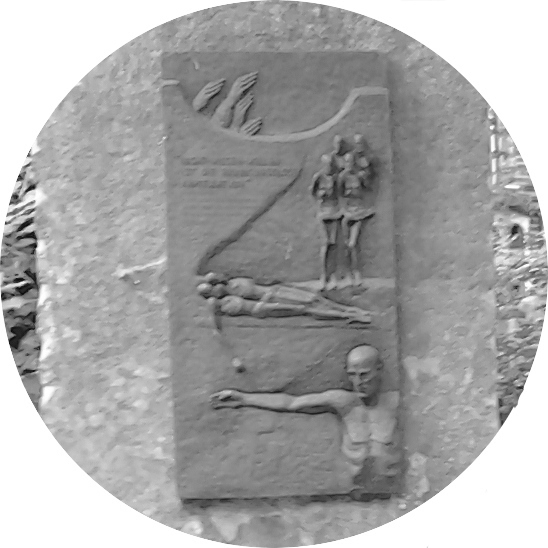
Nazi Tunnels
Underground Factories and Forced Labor Camps at Porta WestfalicaA Dissertation submitted in partial fulfillment of the requirements for the degree of Doctor of Philosophy at George Mason University
by
Ammon Edwin Shepherd
Masters of Arts
George Mason University, 2007
Director: T. Mills Kelly, Professor
Department of History and Art History
Fall Semester 2016
George Mason University
Fairfax, VA
Abstract:
In 1944, Allied air forces dropped over 914,000 tons of bombs on Germany, almost 60% of the 1.588 million tons of bombs dropped on Germany during World War II. Allied air command intended these bombs for Germany’s armaments factories, including aircraft manufacturing, and oil and fuel production. German military leaders sought desperately to keep armaments production up despite the storm of explosives thundering down on their factories and cities. The best laid plan of German military and Nazi leaders was to relocate key industrial facilities to underground, bomb-proof sites. One such site was a pair of abandoned sandstone quarries located in Porta Westfalica, near Hannover, Germany. Tank busting rockets and radar tubes were produced here, and a complete lubricating oil plant was weeks away from production before the war ended. To supplement the few German civilian miners and engineers who were not at the front lines, substitute labor came from the nearby Neuengamme concentration camp. Prisoners of war, political dissidents and Jews were forced to work and die under inhumane conditions to enlarge the quarries, reconstruct machinery and manufacture armaments for the Reich. This research presents the selection and creation of the underground factories at Porta Westfalica and stitches together an account of life for male and female prisoners through the use of survivor testimony and questionnaires filled out shortly after the war.
Last edited on 22 Mar 2016

